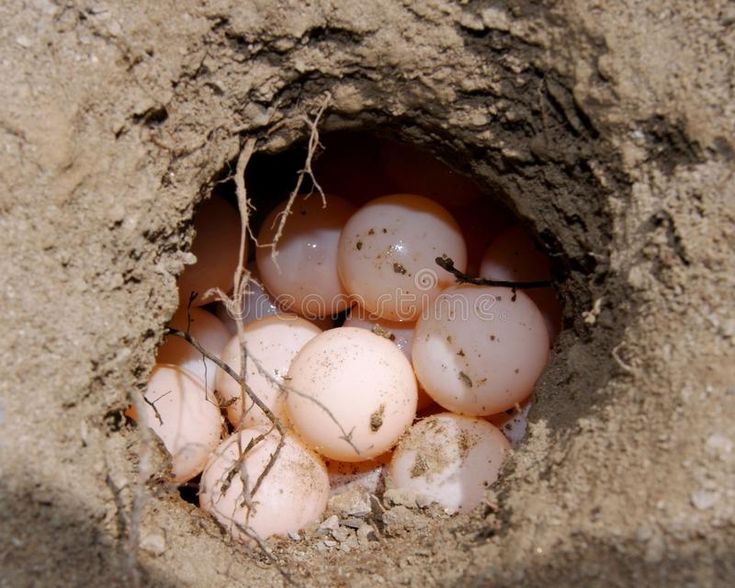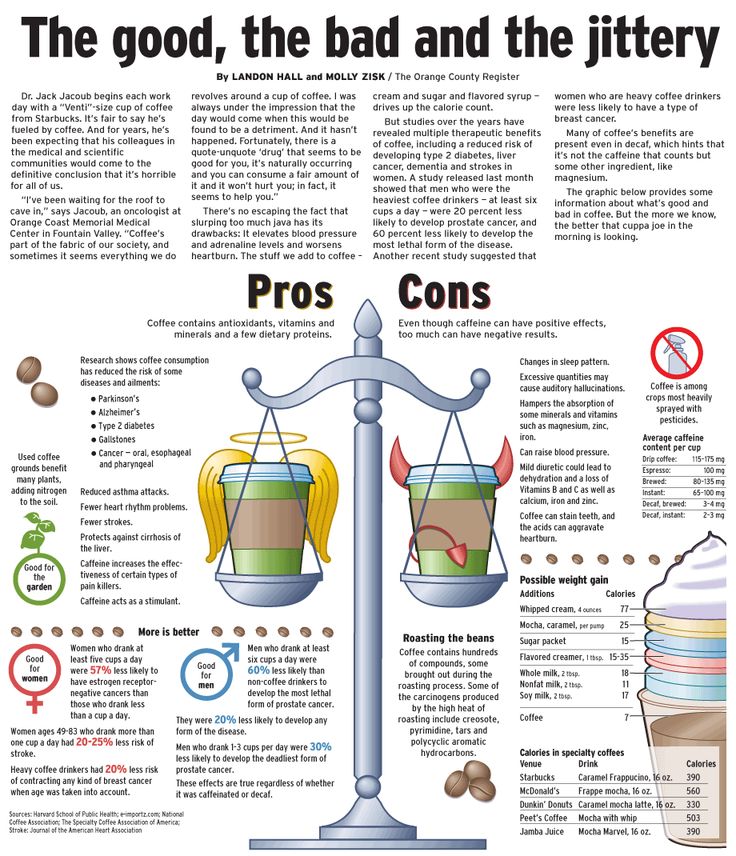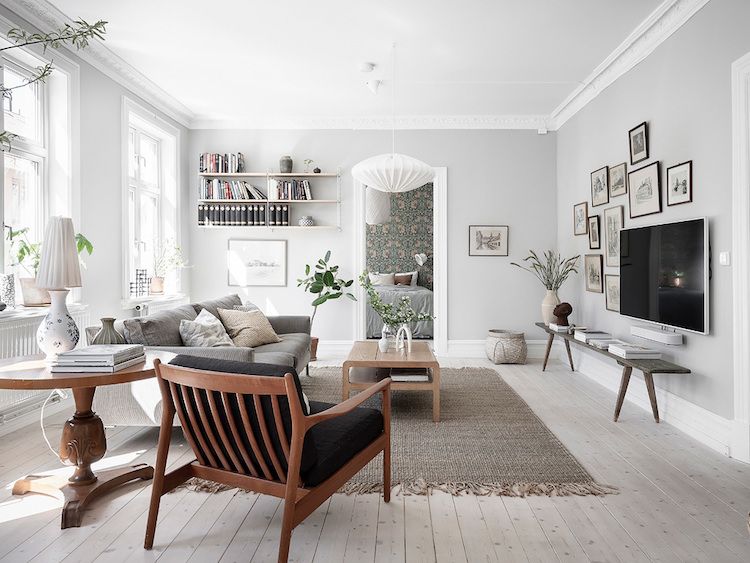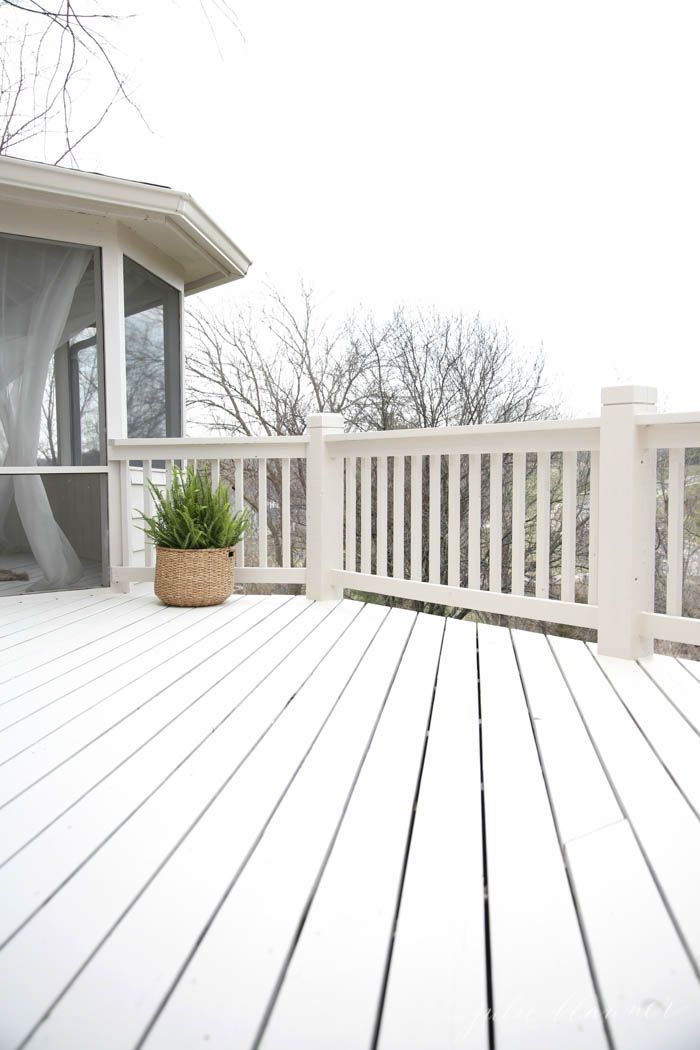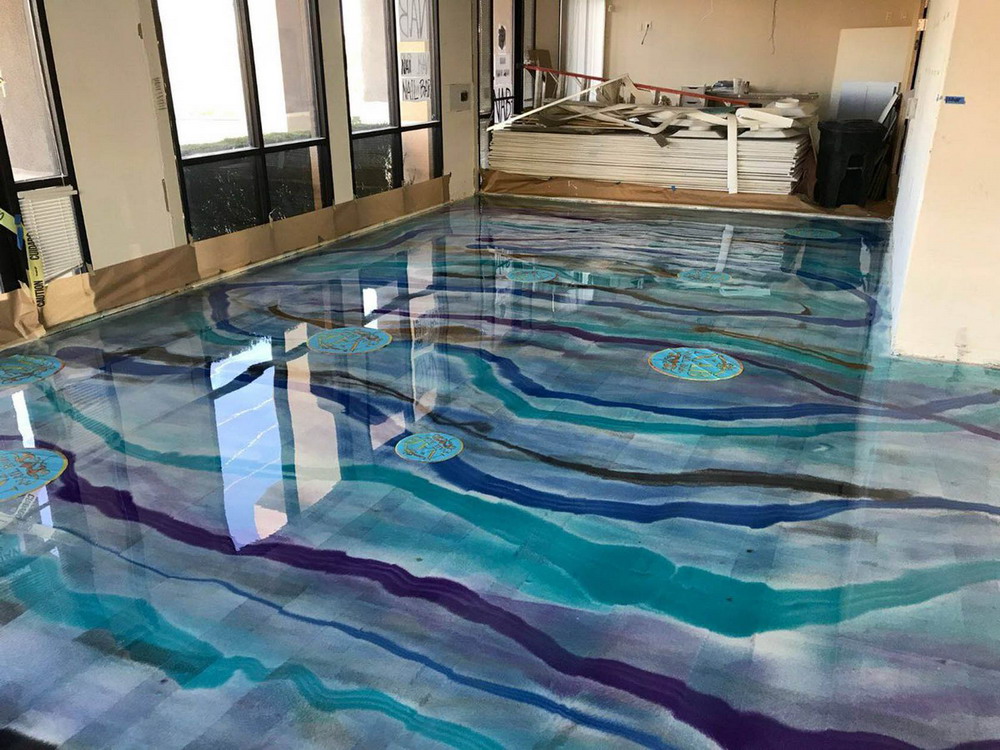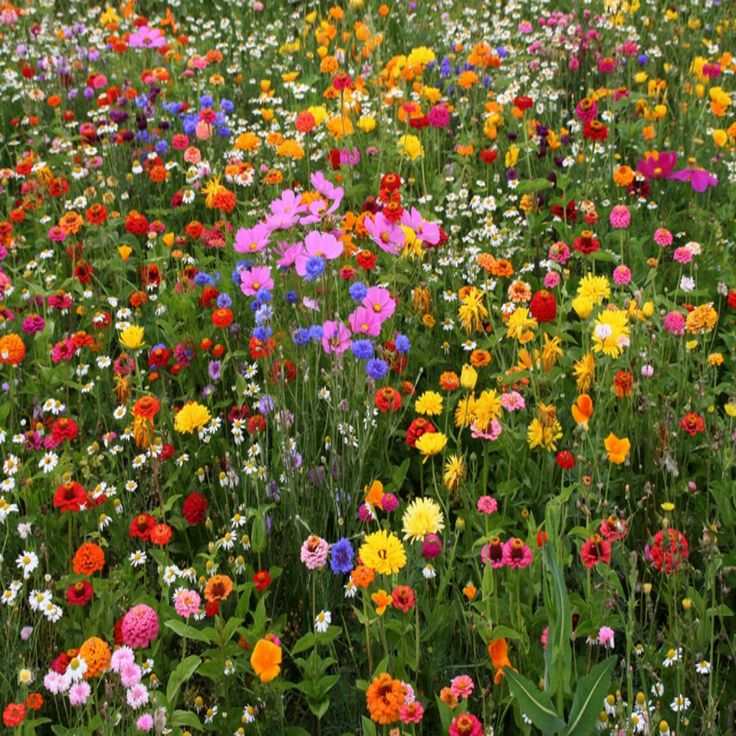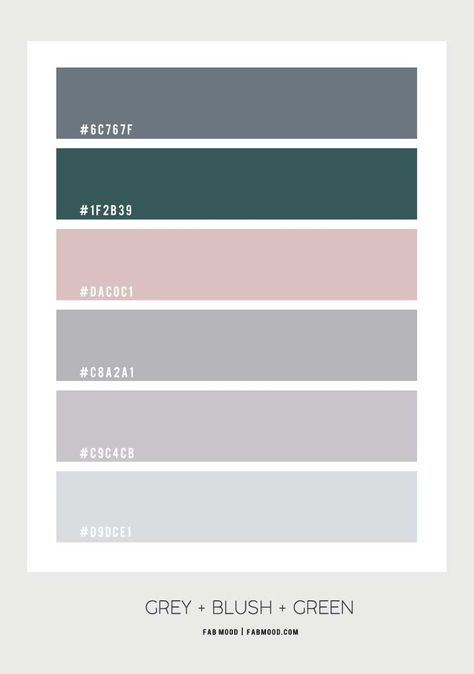Edwardian architecture houses
what it is and how to get the look |
(Image credit: Getty Images)
House hunters after heritage properties that are packed with character should take a look at Edwardian homes. Strictly speaking, Edwardian refers to an architectural period rather than the style of the house, and in many respects homes built in this era are similar to their Victorian counterparts, but far less ornate.
They are generally spacious with light-filled rooms and you might be fortunate enough to find one with the original features intact.
Below we look at this historic house style in the US.
What is an Edwardian house?
(Image credit: Getty Images)
Edwardian houses were built in San Francisco at the beginning of the 20th century, immediately after the Victorian era. This was at a time when wealthy residents were tiring of the heavy, ostentatious style of Victorian architecture and moving towards a more pared-down look.
Homes featured fewer external decorative features and were often lighter in color. There are amalgamations between the two periods – most famously the ‘Painted Ladies’ in Alamo Square (above) which date from the mid-1890s but incorporate Edwardian features.
Are there variations in architecture from this era?
(Image credit: MediaNews GroupBay Area News via Getty Images)
‘The term ‘Edwardian era’ is commonly used, similar to how ‘Victorian house style’ encapsulates the Queen Anne, Italianate, and Gothic Revival styles,’ explains Christina Dikas, senior architectural historian at historic preservation and architecture firm Page & Turnbull.
‘It is typically applied to the Classical typology in San Francisco. Although other home styles were also built throughout the United States during the 1901-1914 period, such as Craftsman bungalows (see above), Mission Revival style houses and Shingle style houses, these houses are not typically referred to as Edwardian. Rather, they are referred to by their type or style.’
Where did Edwardian houses originate?
(Image credit: Getty Images)
They are associated with the reign of King Edward VII in the United Kingdom, who succeeded to the throne after the death of his mother, Queen Victoria, and were predominantly constructed between 1901 and 1914.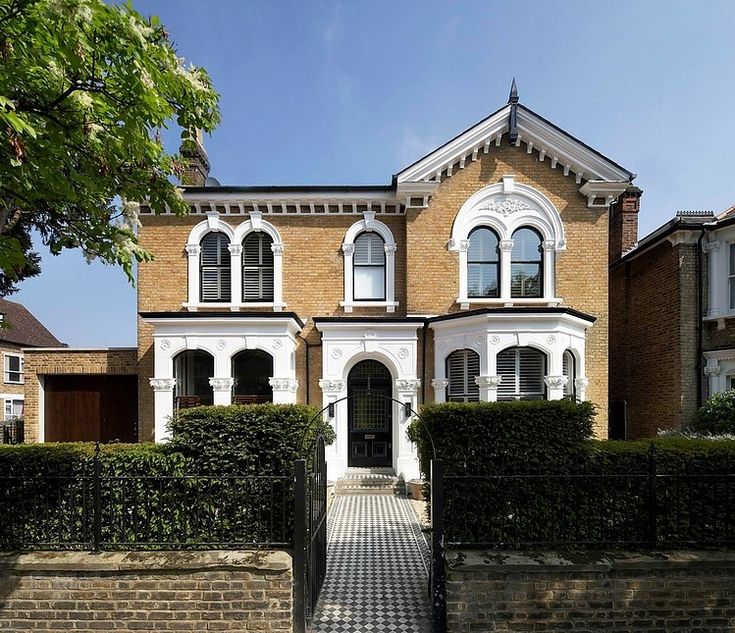 Compared with the Victorian era, which lasted from 1837 until 1901, this time frame was very short.
Compared with the Victorian era, which lasted from 1837 until 1901, this time frame was very short.
Above, you can see typical Edwardian houses in north London.
Why are Edwardian homes so popular?
(Image credit: Getty Images)
‘Many people appreciate the simpler, classic details of Edwardian era homes versus those of more ornate periods, such as Victorian houses with their abundance of decorative embellishments,’ says Christina Dikas.
They are also a manageable size. ‘Edwardian homes are typically between 1,500 and 3,000 square feet and single family dwellings or two to three unit buildings.
They reflect the widespread culture taste of the early 20th century – not only in moving away from the ornamentation of the Victorian period, but more modest size dwellings,’ says Chris Lim, president at luxury real estate company Christie’s Real Estate .
‘They were built at a time when gas and electricity were being introduced and were painted lighter colors and feature less complex ornamental patterns than Victorian homes. Inside, stained glass, tall ceilings, and detailed woodwork are hallmark characteristics. There is a broad base of buyers who purchase Edwardian homes and the commonality is their appreciation for the period detail and classic propositions.’
Inside, stained glass, tall ceilings, and detailed woodwork are hallmark characteristics. There is a broad base of buyers who purchase Edwardian homes and the commonality is their appreciation for the period detail and classic propositions.’
Such properties make wonderful renovation projects, and are often upgraded to bring in more light. ‘Like many city homes, these houses are very vertical. Sharing walls with neighbors on either side means that light only enters the house from the front and back so stairwells can be dark,’ says interior designer Lauren Weiss of Lauren Weiss Home , who own a 1911-built Edwardian house.
‘We added a skylight that floods light through the center of the house and down through the stairs as without that, it would be quite dark. We also installed a floor-to-ceiling steel framed window in the kitchen which floods it with south-facing sunlight and is a really interesting juxtaposition alongside the traditional original architectural details.’
Where can Edwardian houses be found?
They are almost exclusively found in San Francisco, California. ‘Most notably they were constructed after the 1906 earthquake and fire which included areas like the Mission, Cole Valley, Alamo Square, and Pacific Heights. However, you can find these homes throughout the city,’ says Chris Lim. ‘There are more Edwardian homes in San Francisco than our famous Victorians.’
‘Most notably they were constructed after the 1906 earthquake and fire which included areas like the Mission, Cole Valley, Alamo Square, and Pacific Heights. However, you can find these homes throughout the city,’ says Chris Lim. ‘There are more Edwardian homes in San Francisco than our famous Victorians.’
What to look for in an Edwardian home
(Image credit: Getty Images)
‘The term denotes a building type that generally has Classical features such as cornices, block modillions, dentils, and sometimes columns,’ explains Christina Dikas. ‘The homes are simpler in design than Victorian buildings but are similar in form to San Francisco’s Victorian era Italianate buildings in terms of incorporating bay windows and flat roofs.’
According to Christina, Edwardian homes are spacious although generally have compartmentalized rooms. ‘They typically feature stained-glass windows, which began to be mass-produced during their era of construction. Built-in cabinets are another characteristic, along with floor plans similar to Italianate houses in San Francisco, including a front parlor connected to back parlor with pocket doors, a separate toilet room and bathroom (some still exist this way), fireplaces with coal burning grates in the front parlor, crown molding, picture rails and hardwood floors. ’
’
Andrea Dean has over 20 years’ experience as a journalist, specializing in real estate and interiors. After graduating from university she spent six months at a publishing company in Milan, then moved to a London-based magazine, where she stayed for six years before turning freelance. Andrea currently writes for Homes & Gardens, Metro, Yahoo and Your Home, and her work has appeared in many other newspapers and magazines, including Daily Mail, Ideal Home, Real Homes and Grand Designs.
Edwardian house: get to know your period home's beautiful design
When you purchase through links on our site, we may earn an affiliate commission. Here’s how it works.
(Image credit: National Trust)
Join our newsletter
Thank you for signing up to Realhomes. You will receive a verification email shortly.
There was a problem. Please refresh the page and try again.
By submitting your information you agree to the Terms & Conditions and Privacy Policy and are aged 16 or over.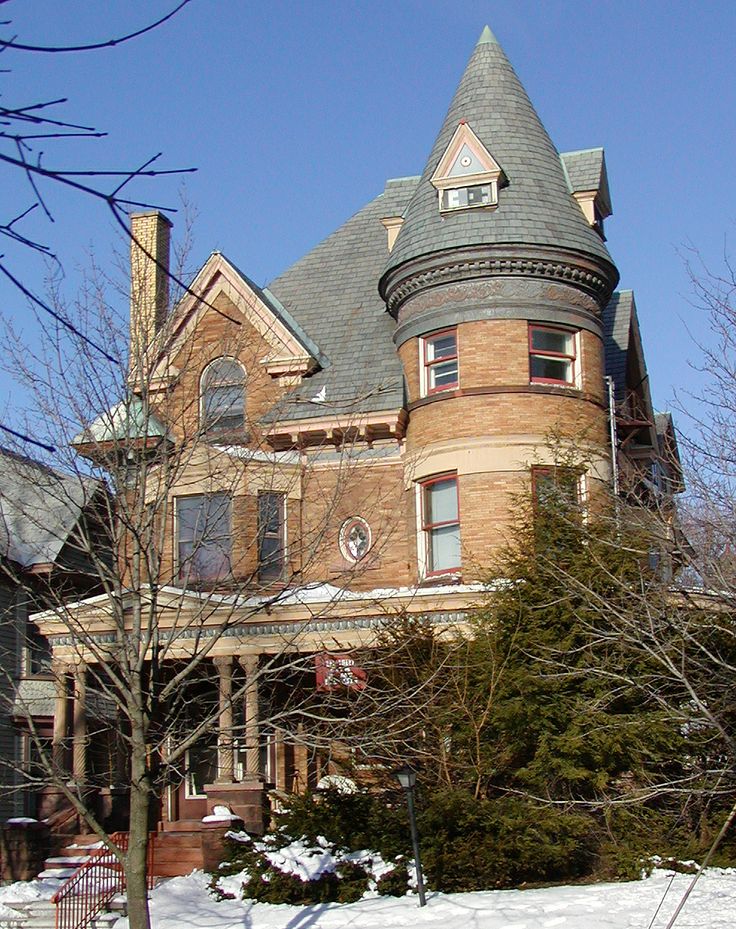
Adapting traditional styles for a modern era, Edwardian houses were the perfect combination of old and new. This is why they make such fantastic, desirable homes today. If you are lucky enough to live in a property from this period, then it pays to understand Edwardian house interior and exterior design intricacies, plus any maintenance challenges.
With great social and political change at the start of the 20th century, the Edwardian era solidified the idea of leafy suburban developments, seeking to provide beautiful, functional homes for all.
Gone were the stuffy and cluttered interiors of Victorian homes – this was a time for less formality, embracing a style that was seen as a breath of fresh air in comparison to those of earlier periods.
Vernacular ideas ran deep through the designs, but now the integration of technology to make homes and daily life more manageable was key.
- If you don't know which era your house is from, use our guide to working out a property's age.
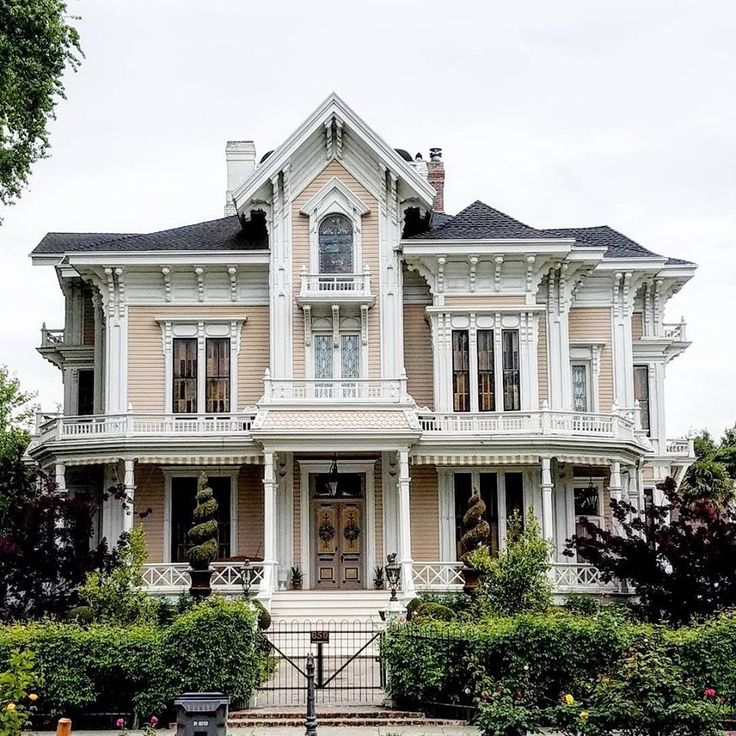
What are the features of an Edwardian house?
If you have an Edwardian property you'll likely note red brickwork, Mock-Tudor style cladding and dormer windows at the top of the house. Towards the end of the Edwardian period, extended chimney stacks also became popular.
Tiled paths to the front door were typical. Bay windows were popular in the Edwardian era, following on from the Victorian period
(Image credit: Chris Snook)
Building in the Edwardian era was dominated by a growing demand for housing. The middling portion of society was now well established, and with this they – not the wealthy elite – would become the big influencers on the fashions for home design.
Therefore, the early 20th century would see more manageable-sized, airy homes, set in leafy suburbs an easy distance to work, and with better home comforts than any period before.
This was an era that the ideas of the Garden City movement and suburban development for the masses would come into their own.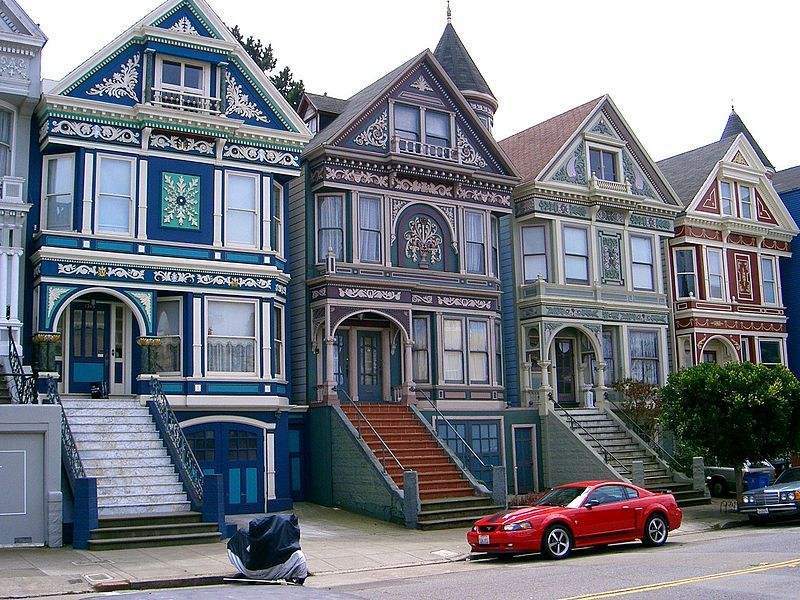 With the continuing improvements to travel – thanks to ever-expanding railways and road networks – the outskirts of cities and towns saw swathes of new developments.
With the continuing improvements to travel – thanks to ever-expanding railways and road networks – the outskirts of cities and towns saw swathes of new developments.
But this was not a mere march of the bricks – the homes of the Edwardian era sought to expand upon the ideas of the Arts and Crafts movement, but fashioned for a mass market.
It was also a period that would give a glimpse of the future to come, seen in the designs of architects like Charles Rennie Mackintosh and Edwin Lutyens, through to Frank Lloyd Wright.
An Arts and Crafts influence is seen on this home, with leaded lights
(Image credit: Brent Darby)
Are Edwardian houses well built?
Edwardian houses are reputed for being designed and built using high-quality materials, reducing the need for future maintenance costs that often accompany period properties.
Unlike the Victorian, Georgian or earlier periods, even the cheapest Edwardian homes demonstrated great advances in planning. And with the boom in construction, Edwardian homes now covered a huge range of types, from small terraced and semi-detached homes to larger detached dwellings – all of which served a range of classes.
And with the boom in construction, Edwardian homes now covered a huge range of types, from small terraced and semi-detached homes to larger detached dwellings – all of which served a range of classes.
More from Period Living
(Image credit: Period Living)
Get the best period home inspiration, ideas and advice straight to your door every month with a subscription to Period Living magazine
Edwardian house layouts
Homes from this era tend to be taller and deeper in plan than those from a century before, but with a growing emphasis on gardens, front and back – every façade was considered equal in attention to detail and design.
Even then, many 19th-century social, economic and architectural influences still prospered, so despite the 20th century being here to stay, homes were also designed with more traditional spaces like the pantry or scullery. However, gone was the outhouse – now new homes for all levels of society came with an inside bathroom and toilet, which is something we’re all very much grateful for!
Along with this, homeowners were embracing new labour-saving devices and innovations, like developments in gas lighting and even early washing machines and vacuum cleaning systems.
The internal spaces were now larger and tended to be designed to offer rooms with dual aspects wherever possible, adapting the traditional pile systems employed in previous periods and embracing the gardens and greenery with window seats and French doors.
The Edwardian hallway was also much larger than its Victorian predecessor, offering a lovely movement through the space while still incorporating the staircase.
Edwardian interiors were brighter and lighter than their Victorian predecessors – they wanted to bring in the sun
(Image credit: Amanda Turner)
Edwardian interiors and decoration
Many 19th-century ideas of design and décor were still considered in the Edwardian era, usually in areas like the entrance hall, where patterned wallpaper was regularly employed to hide the dirt that had encroached from the soot-filled city.
Generally, however, the clutter loved by the Victorians was discarded to create cleaner, brighter spaces.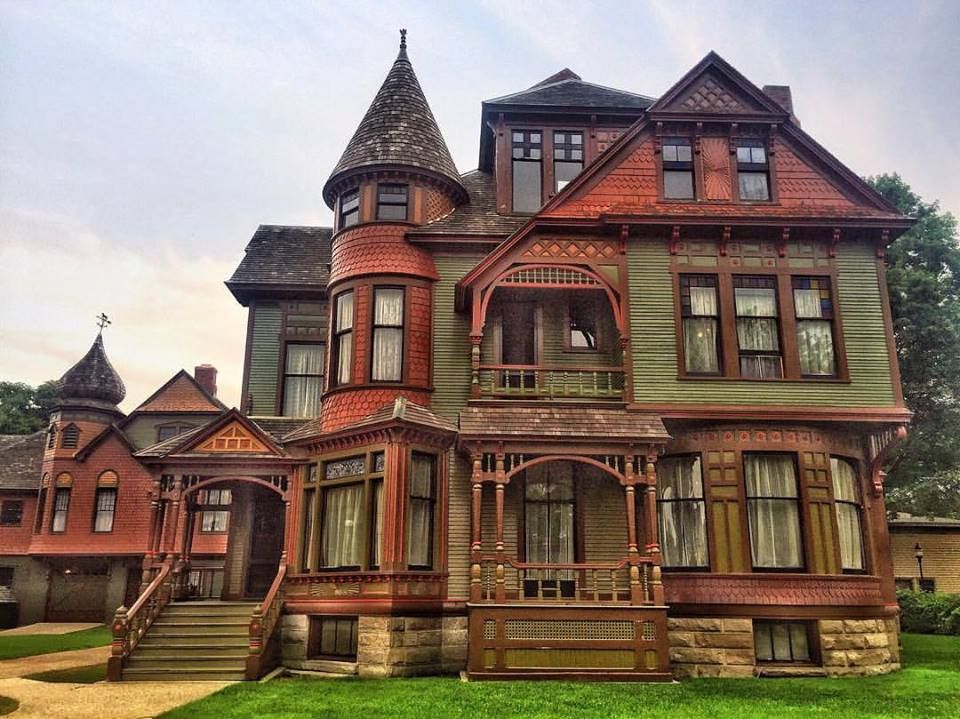 Where it could be afforded, or wouldn’t be exposed to soot, this would be emphasised through the choice of paler colour schemes and a better appreciation of light. The Edwardians wanted to bring the sunshine into the house.
Where it could be afforded, or wouldn’t be exposed to soot, this would be emphasised through the choice of paler colour schemes and a better appreciation of light. The Edwardians wanted to bring the sunshine into the house.
WIsteria was a popular design motif in Edwardian times – this Farrow & Ball wallpaper would complement a home from the era
(Image credit: Farrow & Ball)
With greater technological advances in lighting, came fashionable accessories – the most famous being the Tiffany lamps from America with their coloured stained glass, inspired by the likes of the Art Nouveau movement.
When it came to fireplaces in Edwardian homes, surrounds typically incorporated shelving, either above or below the mantelpiece, for ornaments and built-in mirrors. Many design influences were considered, from classicism to various revival styles, with Edwardian versions tending to be more plain in form and construction.
As this old photograph shows, fireplaces in the Edwardian era typically incorporated shelving and built-in mirrors
(Image credit: Getty Images)
Edwardian windows and doors
As in the Arts and Crafts era, porches were a mainstay in Edwardian design and were often highly decorative, with bold white woodwork with fretwork patterns.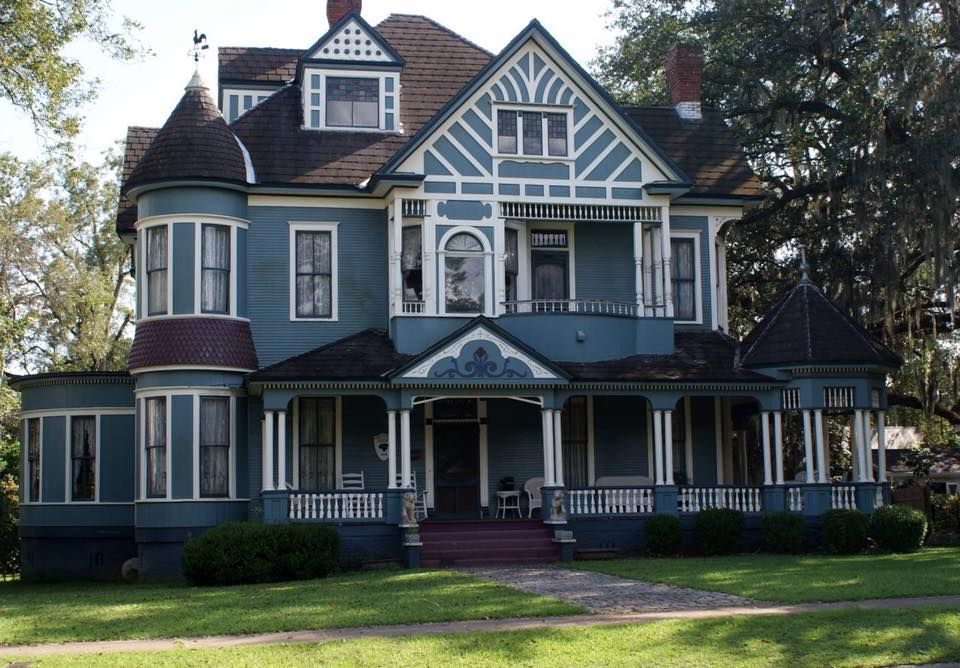
Stained glass and leaded lights were also used prolifically, with front doors incorporating bold coloured and textured glass of greens, yellows and blues – in floral motives, often referencing ideas of the European Art Nouveau movement and designers like Charles Rennie Mackintosh (and his wife Margaret Macdonald).
With increasing light being a key objective for designers, windows are a prominent feature in Edwardian homes. Timber windows with leaded lights were widespread, seen in bay windows, casements, doors, and porches to match.
Make sure to check your windows regularly – in most cases the work required is limited to painting timberwork. The best option is a linseed paint (try Bulmer Paints and Brouns & Co ), which is easy to use, environmentally friendly and breathable, helping to preserve the timber and stave off decay. It can also be used on doors and porches.
Unfortunately, once windows are in need of maintenance all too often people opt to remove them, thinking it too costly or difficult to repair.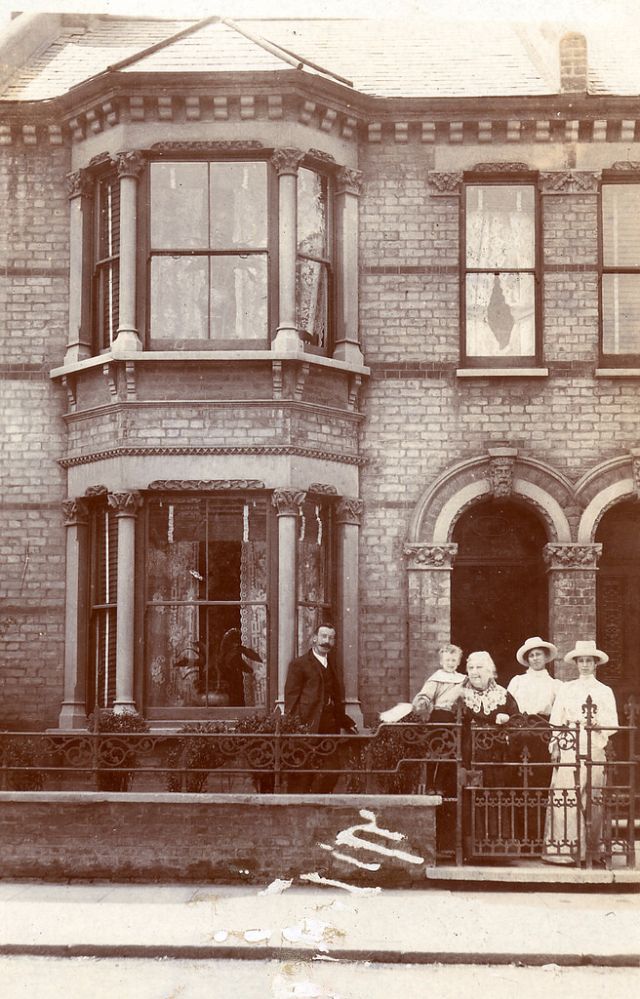 However, in the hands of skilled craftspeople maintaining windows is straightforward.
However, in the hands of skilled craftspeople maintaining windows is straightforward.
If you need to reinstate missing designs or the originals are beyond repair, then choose new windows with care.
This home epitomises Edwardian ornate charm, from its stained glass front door and intricate porch to the bay windows featuring diamond top sashes
(Image credit: Getty Images)
Other key Edwardian house features
- Think tree-lined avenues and greenery – a sense of the country in even the most urban of environments. This treatment extended to the design of most homes, with borders of hedges and low fences forming a picture frame of the modern take on traditional British cottages in this countrified urban setting.
- Almost every home, from terraces to detached villas, incorporated quaint dormer and casement windows, harled and rendered walls, and prominent patterned gables with Tudor revival notes.
- Despite many of Britain’s more insular designers snubbing the wider architectural value of the Art Nouveau style from Europe, the characteristic forms were still regularly incorporated into more decorative elements such as handles, tiles, stained glass and ironwork – so if you spot a sinuous Art Nouveau detail then this may well indicate Edwardian beginnings or inspiration.
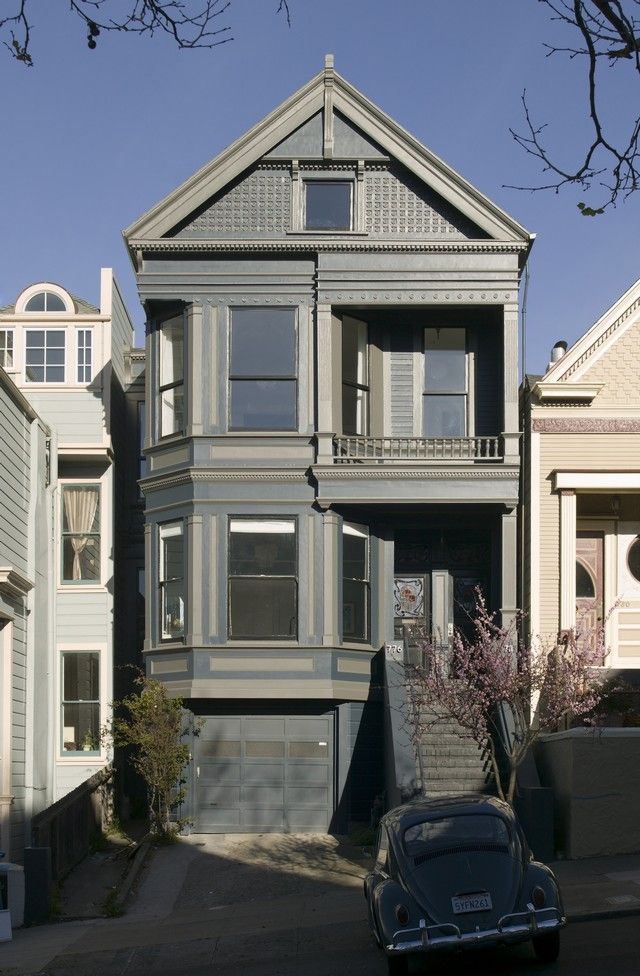
- Extended chimney stacks are a key feature of Edwardian homes. While not always included, it is a stylist point that can help you pick an Edwardian home from later revival styles.
Shaw’s Corner in Herefordshire is an Edwardian Arts and Crafts-inspired design, home to playwright George Bernard Shaw for over 40 years, and now managed by the National Trust
(Image credit: National Trust)
- As with the Arts and Crafts era, Edwardian period homes are closely associated with the Garden City movement, so Letchworth Garden City has many fine Edwardian houses, but you can find its influence in almost every suburban street in Britain. Notting Hill is famed for its Victorian and Georgian architecture, but it’s got a wonderful array of Edwardian homes too.
- At the different end of the spectrum, the grand ruin of Witley Court in the care of English Heritage is a marvel to see. Although built over several centuries, the Edwardian owners enjoyed many an extravagant party before a fire in the 1930s led to it becoming a ruin.
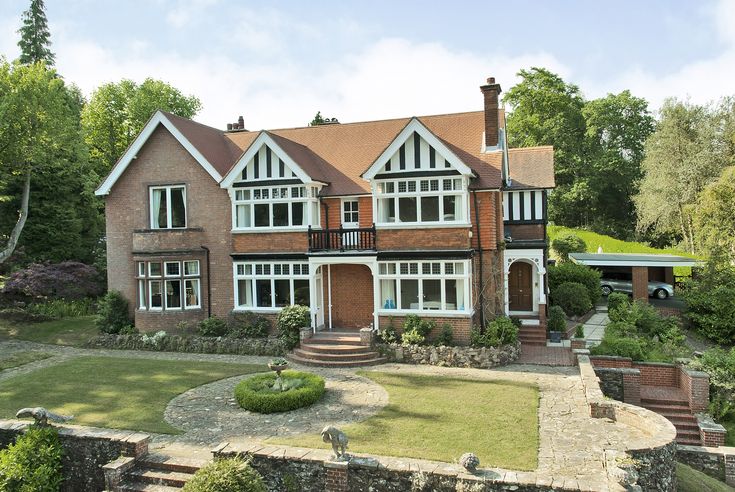 This is a great place to visit, for both the scenery and the sheer scale where you really can get a sense of the large parties enjoyed here in its Victorian and Edwardian heyday.
This is a great place to visit, for both the scenery and the sheer scale where you really can get a sense of the large parties enjoyed here in its Victorian and Edwardian heyday. - Another grand beauty, Voewood House , is a fine example of the Arts and Crafts movement continuing to influence design in the Edwardian era. Designed by ES Prior, a lesser-known architect of the period, it is now a luxury hotel and wedding venue, and set in stunning gardens.
Want to know more about period properties?
- Victorian houses
- Georgian homes
Edwardian interior design - a legacy from Edward VII
Today our story is about the Edwardian style - a typical English trend in architecture and design.
In 1901, after the death of Queen Victoria of England, the monarch Edward VII came to the throne. His reign was marked by significant changes in the lifestyle of the British and, as a result, in culture, architecture and design.
This era is shrouded in nostalgic memories of "good old England", with its moral values and leisurely measured way of life.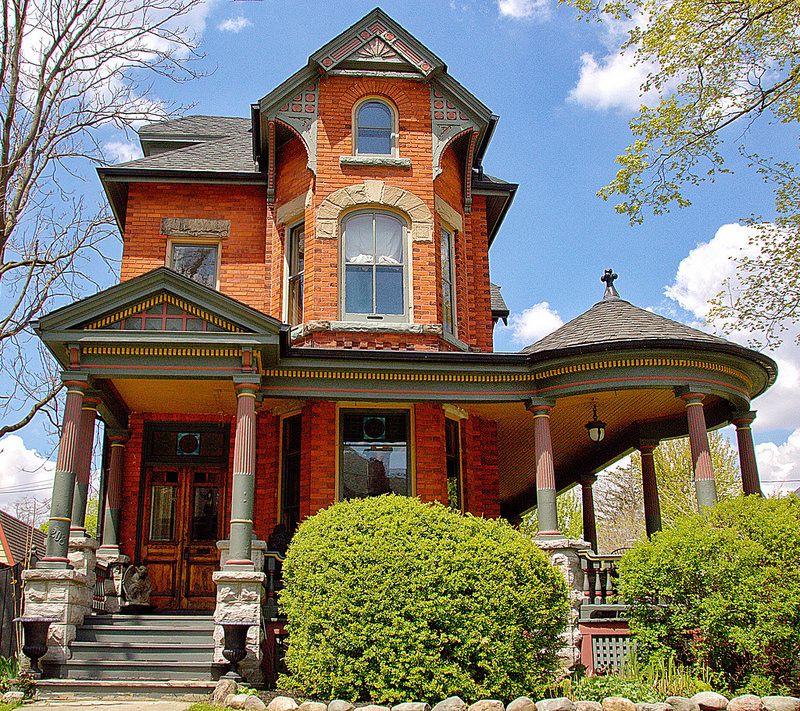 The style of architecture that gained immense popularity during this period was named after the monarch - Edwardian. nine0003
The style of architecture that gained immense popularity during this period was named after the monarch - Edwardian. nine0003
A characteristic feature of this direction is eclecticism. It combines the romance of the Victorian style, the assertiveness of a fast-paced modernist style and the classical elements of Gregorian architecture.
After 1901, rapid development of the once provincial British suburbs begins. The descendants of the English aristocracy and the middle class, seeking to improve their status, rushes away from the dusty industrial cities. A technological leap in the development of the chemical industry has given the world the richest palette of building paints. nine0003
As a result, the dark gloomy houses of the Victorian era are filled with new cheerful hues. The use of gas and electricity in the household also made changes to the usual architecture of buildings. Clear lines and light colors are characteristic of Edwardian houses. The interior space is filled with air and light.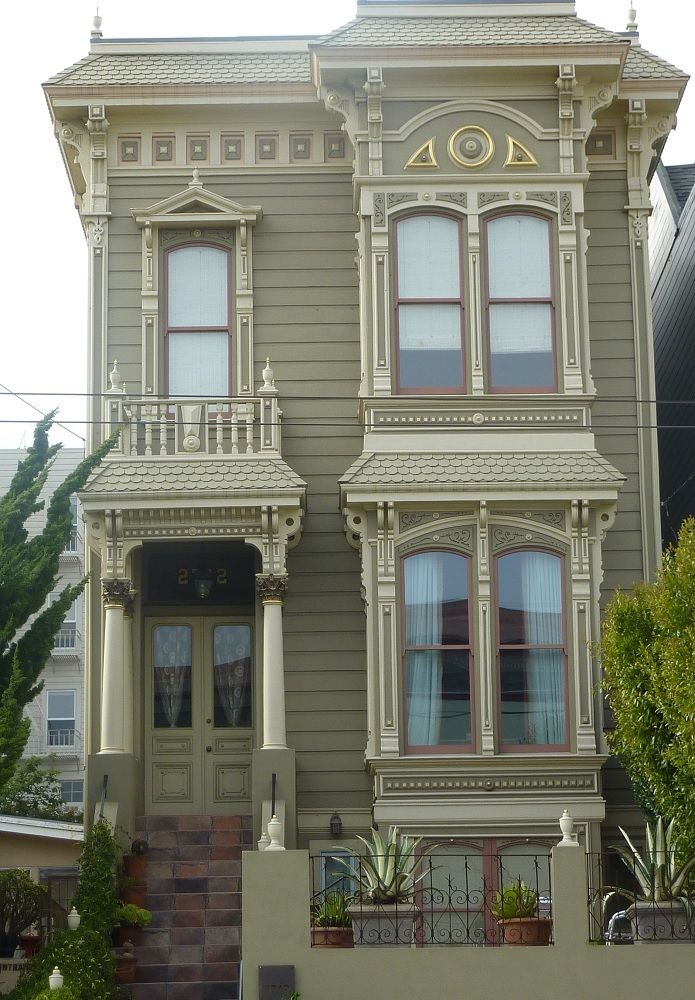
One of the characteristic features of the exterior of Edwardian buildings is the fachwerk technology on the exterior walls. In this case, the role of load-bearing structures is performed by wooden beams inclined at an angle to each other and protruding outward. The space between them is filled with brick and plaster. This style is inherited from German architectural traditions. nine0003
A touch of Edwardian modernity is graceful glazed paneled front doors. Often, Masonic symbols are carved on wood or stone, and the glass is decorated with stained-glass windows. Often these magnificent doors are adjacent to an elegant wooden veranda, uniting in a single stylistic composition.
A classic Edwardian fireplace surround is a song frozen in wood. Curved smooth lines, skillful carving, inlay with semi-precious stones - all this magnificence attracts the eye and fascinates. nine0003
A mirror polished natural wood floor is a hallmark of an Edwardian home. The beauty of the internal structure of the tree resembles a painting by a famous artist, which can be viewed endlessly. Magnificent Persian carpets spread in the rooms create an atmosphere of comfort and luxury.
Magnificent Persian carpets spread in the rooms create an atmosphere of comfort and luxury.
The appearance of electricity and gas in houses made it possible to abandon the use of candles and stove heating. This fact made it possible to cover the walls with light wallpaper and paint in white. The influence of Art Nouveau was reflected in the appearance of floral ornaments and floral motifs on the wallpaper. nine0003
Having a bathroom in the Victorian era was a symbol of poverty, because rich people of that time could afford to have many servants who brought hot water directly to their master's room. With the advent of the 20th century, such conventions have sunk into oblivion. The bathroom has become familiar and necessary.
Neo-Gregorian elements are organically woven into the Edwardian style. Large casement windows let in the maximum amount of natural light. nine0003
Gregorian style bay windows and pilasters accentuate the discreet luxury of the Edwardian home. High ceilings and light walls allow you to focus on the interior decoration.
High ceilings and light walls allow you to focus on the interior decoration.
Own small garden is an indispensable attribute of good manners. The ideal clear lines of flower beds are perfectly combined with wicker furniture for relaxation.
As already mentioned, the Edwardian style is very eclectic. Therefore, furniture of other directions and styles looks to the place in the interior. For example: baroque and rococo chairs and armchairs. nine0003
Electric lighting came into general use during the time of King Edward. A variety of lamps have replaced candles and kerosene lamps. Fringed lampshades in a variety of colors have become an indispensable attribute of the interior of an Edwardian house.
Edwardian style is on the rise again. It is close to everyone who loves space and abundance of natural light. Modern architects draw ideas from the house builders of that era. In particular, they use high ceilings and skylights to create an additional volume of air and light.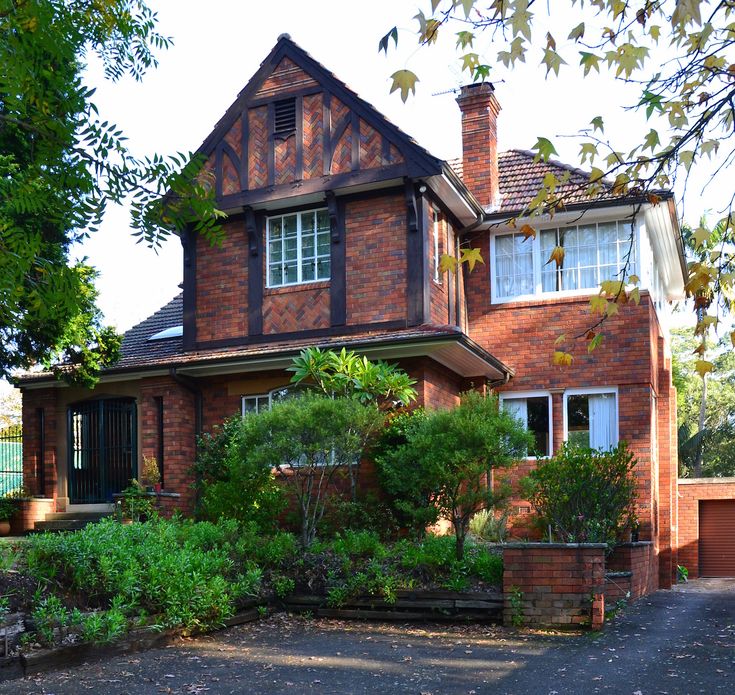 nine0003 Interior styles
nine0003 Interior styles
Edwardian House in Melbourne
- Photo
- Rory Gardiner
This Edwardian house in the Melbourne suburbs met the same fate as similar buildings: first it was mutilated during the reconstruction, and then completely abandoned. But local architects from Studio Bright saved the building, turning it into a comfortable home for a family with children.
- Photo
- Rory Gardiner
First of all, the team restored the facades, steps, windows and doors to their original look. The main advantage of the original layout was the spacious bedrooms, but the kitchen and living room were too small and dark. Then it was decided to make an extension, which made the house unique. The two-story white brick and concrete pavilion combines elements of Edwardian and modern architecture typical of the region.
- Photo
- Rory Gardiner
- Photo
- Rory Gardiner
On the ground floor of the building there is a living room, a kitchen separated by a breakfast bar and a dining area overlooking the garden. On the podium, behind a heavy velvet curtain that serves as a curtain during home performances, there is a leather sofa. A hanging staircase leads to the second floor, where there is an office and a guest room.
- Photo
- Rory Gardiner
- Photo
- Rory Gardiner
A long glazed corridor connects the annex to the main building.
